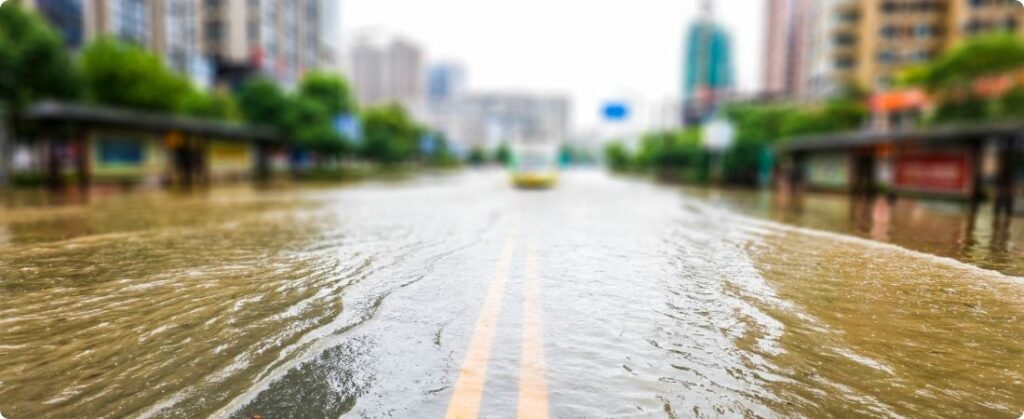
A flood in the south of the state, due to the flooding of Lagoa dos Patos, which receives water from the rivers and Guaíba, it will be very large and of serious proportions, warns MetSul Meteorologia. The flooding, which has already started, will worsen for the rest of this week and into next week.
The water flowing between Guaíba and the south of Lagoa dos Patos, about 300 km, is colossal. All rivers that flow into the Lagoon experienced record or historic flooding.
The record flow is equivalent to the dam's decamillennial flood, that is, what could be expected in an estimated recurrence once every ten thousand years, therefore the amount of water that advances through Lagoa dos Patos is extraordinary and never seen before.
The water will reach places in Pelotas where it has never reached, including in the Center. Large areas of the fourth most populous city in the state and the largest in the southern half of Rio Grande do Sul will be underwater. In some locations, flooding will be severe to extreme.
The level of the Lagoa in Pelotas was stable at 2.10 meters mid-morning today, but will rise. Pelotas city hall released a map of flood risk areas that covers an extensive area of the city.

Flood map: Forecasts of expansion and impacts in Rio Grande do Sul
It will not be surprising if this map is expanded to other areas. There are no historical references to where the water can reach because there has never been an event of this magnitude. Furthermore, there is the complication due to the wind that changes direction and intensity every day.
The greater amount of water coming from the North is expected to severely affect the city of Rio Grande as it reaches the channel that flows into the Atlantic Ocean. Also in Rio Grande there will be significant flooding in several points.
Floods are likely to affect sections of highways in the region with total or partial blockages. With the large volume of water, the size of the lakes is expected to expand with water flooding unharvested crops and reaching livestock. It will be such an extraordinary situation that the Mirim and Patos lagoons could be joined by flooding in the region and in the São Gonçalo channel, forming a single large mass of water.
Source: Notícias Agrícolas










